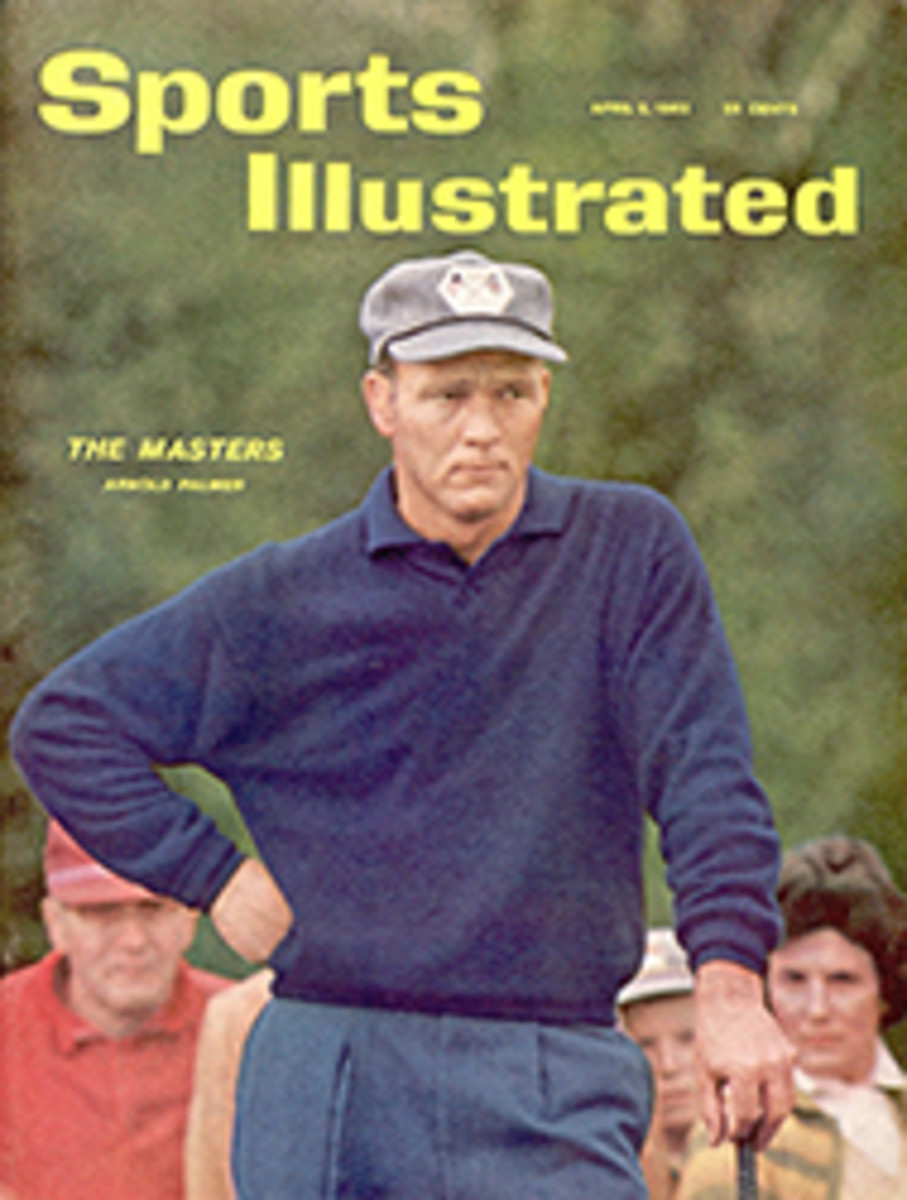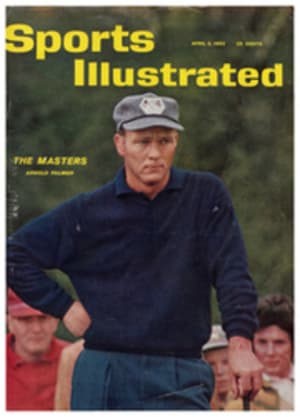
The Lone and Battered Eagle
The year was 1911. Charles Lindbergh was 7 years old. Eddie Rickenbacker was an aspiring young driver of racing cars on midwestern tracks. Louis Bleriot had flown the English Channel only two years before, and Glenn Curtiss had made te first continuous flight from Albany to New York City just a year earlier. It was less than a decade since the first airplane had flown at Kitty Hawk. Just getting a plane off the ground still was considered a remarkable accomplishment. Nevertheless, William Randolph Hearst, in a gesture more grandiose than realistic, offered a prize of $50,000 to the first aviator who succeeded in crossing the continent in less than 30 days.
A gangling, 6-foot 4-inch, cigar-smoking adventurer named Calbraith Perry Rodgers announced that he would try for the prize. Rodgers, a grandson of Commodore Perry, had made a modest name for himself a little earlier by going from Buffalo to New York City in a single day by motorcycle. Now, with two months' flying experience, he was anxious to make a bigger name.
A new airplane, known as the EX, was built for Rodgers by the Wright factory in Dayton. The craft measured 32 feet from "tip to tip," and was powered by a four-cylinder engine of 30 horsepower which drove two propellers. It was "capable of 75 mph with the wind, 50 against," and was the most durable plane yet built by the Wrights. The frame was made of spruce and bamboo strengthened with a new metal called aluminum, and with its 25-gallon fuel tank it promised to permit "flights of extraordinary duration." Repairs and refueling en route were to be effected in a special hangar car attached to a pilot train that was to escort Rodgers across the 3,000 miles of forest, mountain, prairie and desert to Los Angeles.
At 3:30 p.m. on Sept. 17, 1911, Cal Rodgers arrived at the Sheepshead Bay Race Track, Long Island. A crowd of about 2,000 pressed curiously around his airplane. Just before his arrival, Miss Amelia Swift of Memphis christened the plane Vin Fiz with a bottle of Vin Fiz, a new soft drink put out by the firm that was helping to finance Rodgers' flight.
Rodgers had to delay his departure for a half hour while he checked the plane for possible damage done to it by the crowd. Then he posed for the motion-picture men, accepted a four-leaf clover from a Mrs. J. B. Harris of Terrell, Texas, bit down on his cigar and climbed aboard. At 4:25 p.m. Rodgers ran his plane about 300 feet down the field, turned and took off over the heads of the spectators. Klaxons blew and handkerchiefs waved as he circled the field once and then disappeared over Brooklyn.
Rodgers crossed New York City and Jersey City and, navigating by such landmarks as Pavonia Avenue and the Erie Railroad tracks, which had been whitewashed at intervals for 25 miles, made it to Middletown, N. Y. He had covered 84 miles in less than two hours.
The next morning, while attempting a take-off from the Pleasure Grounds at Middletown, Rodgers barely missed a four-foot-high stone wall, and then, 20 feet off the ground, struck the limb of a willow tree with one of his wing tips. This whipped him headlong into a hickory tree, and when he was pulled out of the wreckage of the plane he was bleeding from a scalp laceration but was still smoking the cigar he had lighted just before the take-off.
Off again, down again
Three days later, his plane repaired and equipped with two new propellers sent from the Wright factory, Rodgers took off again. This time he got into the air, and after buzzing the insane asylum headed west. At some towns along the way, children were excused from school, factory whistles blew and business was suspended for the day just to see him fly over. By Sept. 22 he reached Elmira, 289 miles from Sheepshead Bay. At Canisteo, N.Y., a magneto failed and, mistaking a swamp for a meadow, Rodgers smashed up his landing gear. The next day he spliced the damaged members and reached the vicinity of Jamestown, where a piece of the wing blew off and a sparkplug fouled up. He landed in a double line of barbed wire along a country lane. This shattered both propellers again and tore the rest of the wing to bits.
After Rodgers, with the help of the mechanics from the train, had rebuilt the Vin Fiz, he flew through Ohio in five days, but then, while crossing Indiana, he ran into three severe thunderstorms and several times lost sight of his pilot train. He was buffeted by 40-mph winds over Decatur, and was caught in a drenching rain at 1,000 feet while approaching Huntington. He landed safely, however, but on his take-off the next morning he had to dodge beneath a telephone line. He dove right into a sharp rise in the terrain that followed, and the damage to his plane and person caused several days' delay.
On Oct. 8 Rodgers arrived in Chicago. He had covered 1,199 miles in a total flying time of 21 hours and 53 minutes. From Chicago to Springfield, Ill., Rodgers left fragments of himself and his plane at Streator, Peoria and Middle-town, Ill. Stiff, cold and exhausted by the strain of balancing himself precariously on his wind-whipped plane, Rodgers nonetheless remained determined. He said wearily when he reached Marshall, Mo., "I will accomplish the coast-to-coast flight if it is possible."
In Kansas City whistles on every packing house announced the arrival of the Vin Fiz, and ordinarily sane people spread bed sheets on their back lawns and rattled pots and pans to induce Rodgers to land on their 50-foot plots. But Rodgers wisely landed at Swope Park.
By then he realized he had no chance of winning the Hearst money. For reasons known only to himself, Rodgers decided to keep going. He headed south from Kansas City, and near Waco, Texas on Oct. 19 crowds damaged his plane so severely he had to make more repairs. But he had come to expect that sort of treatment.
Chafing had almost disintegrated the rigging of the Vin Fiz by the time it landed on Oct. 24 in a cotton field near Lacoste, Texas. The elevator and rudder cables were also shredding, and the engine constantly skipped, misfired and quite often quit in the air. One of Rodgers' unscheduled landings because of his faltering engine was in corn so tall that the crew from the train had to organize parties to beat their way to him. Then, at Spofford, Texas, he had to cut down cactus and stumps in a field with a machete before he could take off. But while taxiing down the field he hit a stump he had overlooked and damaged the lower left wing, skids, tail assembly and propellers of the plane. It took the tireless crew from the train until noon the next day to repair the damage.
As Rodgers crossed the peak of Sierra Blanca, water leaked from the water pump and steam hissed from leaking cylinder jackets. He landed in a field of sagebrush at Fort Hancock, Texas and cracked off the tail skid of the Vin Fiz. When the pilot train pulled up, Rodgers said, "It got awfully puffy, getting over that range."
The New York Times was optimistic about Rodgers' chances and in an editorial stated: "There is not as much talk as there should be about the courage and persistence of C. P. Rodgers.... Rodgers has completed two thirds of the trip and has had everything happen that can happen outside of death.... The margin of safety of the aeroplane is still too small to be rated as practical, but Rodgers inspires one to wait confidently for someone to make the aeroplane good enough."
Rodgers got across Texas and well into Arizona without too many more accidents. But on the desert near Stoval, Ariz., where the towns were 100 miles apart, both the Vin Fiz and the pilot train ran out of gas. Rodgers had to flag down a westbound express train to get a new supply of gas.
Not the same plane
Lack of gas wasn't the only problem Rodgers faced on the last lap of his journey. Only the rudder and a strut remained as original equipment of the frame of the new plane that had started out from Sheepshead Bay. And when a small screw came loose in the motor, causing a connecting rod to snap, Rodgers had to have a new engine installed.
He managed to cross the San Gorgonio Pass in California a few days later even though the plane was bounced about by strong headwinds. Water gushed from the radiator, which had shaken loose, and the magneto snapped its fittings. It took him two hours and 20 minutes to make a hundred miles, fighting the headwind all the way.
Somehow the Vin Fiz was tied together for its last big push. Rodgers reached Pomona, Calif., stopped there an hour and then took off through a huge crowd that wouldn't move until he aimed the Vin Fiz directly at it.
At 4:04 p.m. on Sunday, Nov. 5, almost two months after his departure from Sheepshead Bay, Cal Rodgers reached Pasadena. It had taken him 49 days to fly 3,220 miles, although his actual time in the air had been only 82 hours and four minutes.
A happy mob of over 20,000 people wrapped him in a flag and paraded him around the city. Rodgers said modestly to the reporters who swarmed around him, "I don't feel much tired. I believe that in a short time we shall see it done in 30 days—perhaps less."
PHOTO

